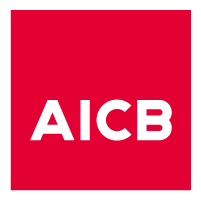Level 1: Executive Banker
The Executive Banker certification provides you with a firm foundation on how the banking and financial services industry operates, equipping you to handle the challenges you may face. There are three modules in this certification, all of which are compulsory.
Financial Systems and Regulatory Framework |
|---|
|
Risk in Financial Services |
|---|
|
Banking Operations and Professional Ethics |
|---|
|
Level 2: Professional Banker
The Professional Banker certification allows you to select specialist modules that most accurately reflect your job function or career advancement aspirations. Candidates are required to complete one (1) compulsory module and two (2) elective modules.
COMPULSORY MODULES (select ONE)
Business Lending |
|---|
|
Retail Lending |
|---|
|
ELECTIVE MODULES (select TWO)
International Banking and Offshore Practices (discontinued) |
|---|
|
International Trade Finance |
|---|
|
Marketing and Selling in Financial Services |
|---|
|
Customer Relationship Management (discontinued) |
|---|
|
Bank Management |
|---|
|
Level 3: Chartered Banker
The Chartered Banker certification combines theory and practice to equip you with an extensive understanding of the banking industry and the skills to make informed professional judgments and critical decisions. Candidates are required to complete the compulsory module and two (2) elective modules.
COMPULSORY MODULE
Professionalism, Ethics and Regulation |
|---|
|
ELECTIVE MODULES (select TWO)
Risk Management and Banking |
|---|
|
Applied Business and Corporate Banking (discontinued) |
|---|
|
Retail Banking (discontinued) |
|---|
|
Banking for High-Net-Worth Individuals (discontinued) |
|---|
|
Contemporary Issues in Banking |
|---|
|
Credit and Lending |
|---|
|






